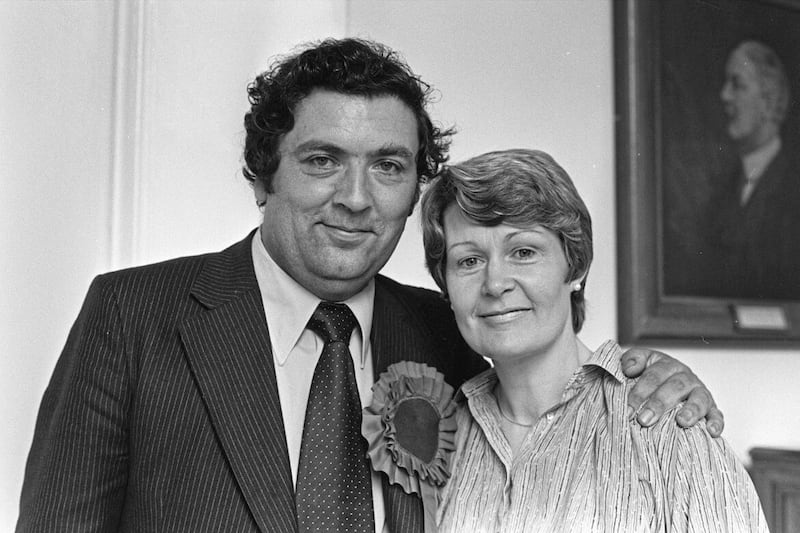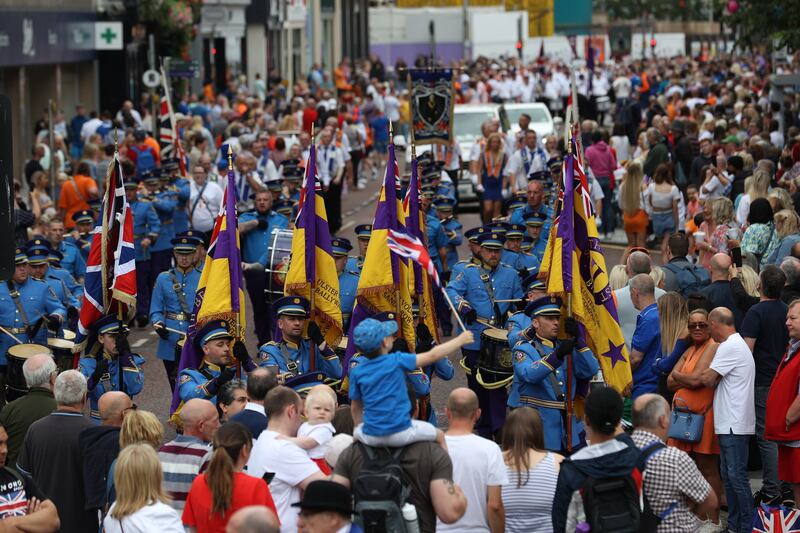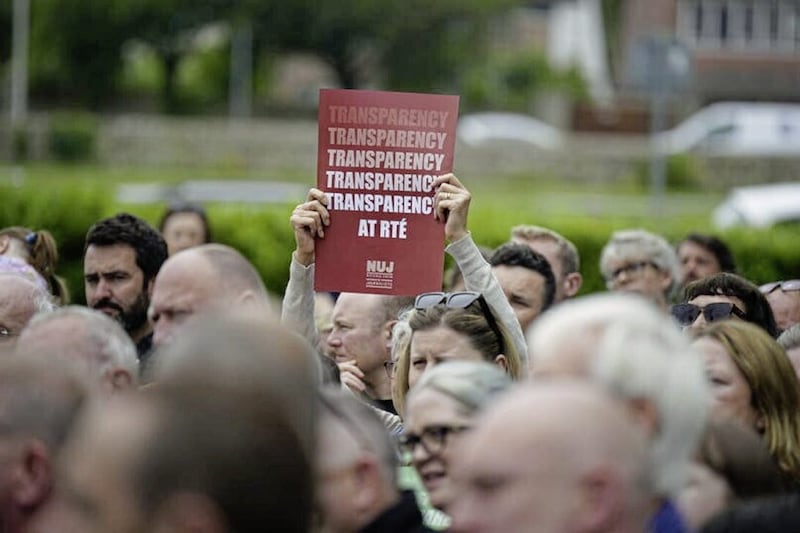The many factors that have transformed print media long since changed print journalists, a once-rackety trade now strait-laced with a thin ‘celeb’ icing on top of diminished, precarious jobs.
Maybe the only unaltered rules are delivery on deadline without libelling anyone and inside the agreed word limit.
‘They’ cannot rule that you make ‘em laugh but some can almost always make you smile` out of the thinnest material.
That’s precious talent. Such a one was Ralph ‘Bud’ Bossence, a Belfast columnist dead since 1971 who for most of his last seven years wrote around 700 words under the title ‘As I See It’. Almost daily. In a place of so many divides amid steadily growing political tension, partly, probably, by ignoring the real world, he made very different people smile.
Anyone who read Bossence then knows that pubs were his personal theatre, his favourite places, just ahead of the cinema. Anyone who came to him later only needed to skim the single, published collection of his ‘As I See It’ to find a public face artfully constructed, and a lifestyle. ‘When I first threw myself into a box in the Globe, peeled off my coat and got down to the business of the evening, a bottle of stout or a pint was 7d and a half-un was 10d.’
This was his sermon on the round system. At the prices above: ‘It was just possible to tolerate a whiskey drinker, although he had to be good crack.’ Once stout cost 1s 5d and a whiskey 3s 3d there should be revolt by the stout drinker; ‘on the least expensive drink in the house, unless a teetotaller has crept in – and since women gave up temperance and started slurping vodka like Volga boatmen there are not many teetotallers around.'
In the largely male journalism of the day few women were available co-drinkers and therefore ‘crack’. Daft anachronism to chide him for political incorrectness, this jazz lover with a Detroit childhood recalled with much affection, Labour man in a unionist paper. Wasn’t he born three years before my father. But his township of friendly pubs lives again in loving recreation of happy times; ‘after re-fuelling in the Bath Tavern we were cruising easily in the upper reaches of Ann Street’.
Until the Bossence era ended, journalism’s enduring charm for a share of its practitioners was its tolerance of late starts and tipsy workers, and yes, its myth-making about writers and drinking. His is a lost world.
He wore his politics lightly, turning out a Stormont sketch in earlier times. But he was a strong trade unionist with socialist sympathies who worked for the News Letter. The paper’s account teeing up his anniversary pointed out that the then owners were the Hendersons, family of Ulster Unionist Chairman Captain Bill. Belfast writer Malachi O’Doherty who dreamed up a Bossence commemoration tee-ed it up for this paper by recalling the News Letter coming into his Catholic home because his mother was a fan.
So tomorrow night some older journalists and others will meet to celebrate Bud, as friends and fans called him. People will read some of his columns aloud, the only way to re-capture humour.
The venue is The Duke of York, where Bossence most regularly ‘held court’. Central, still in business, with the historical draw now of having had Gerry Adams as a young barman, before he found his true calling. In his 1996 ‘Before the Dawn’ Adams remembers Bossence from the other side of the bar with admiration, ‘having great fun’ among liberal and left-wing customers. ‘The highlight of our week was when something that happened in the Duke of York constituted even a sentence in Bud’s column.’
He died at 56, and delivered copy almost to the end. Long out of print, the ‘As He Saw It’ collection was published by the News Letter’s Century Services. A reprint would be a fitting service to his half-century.








